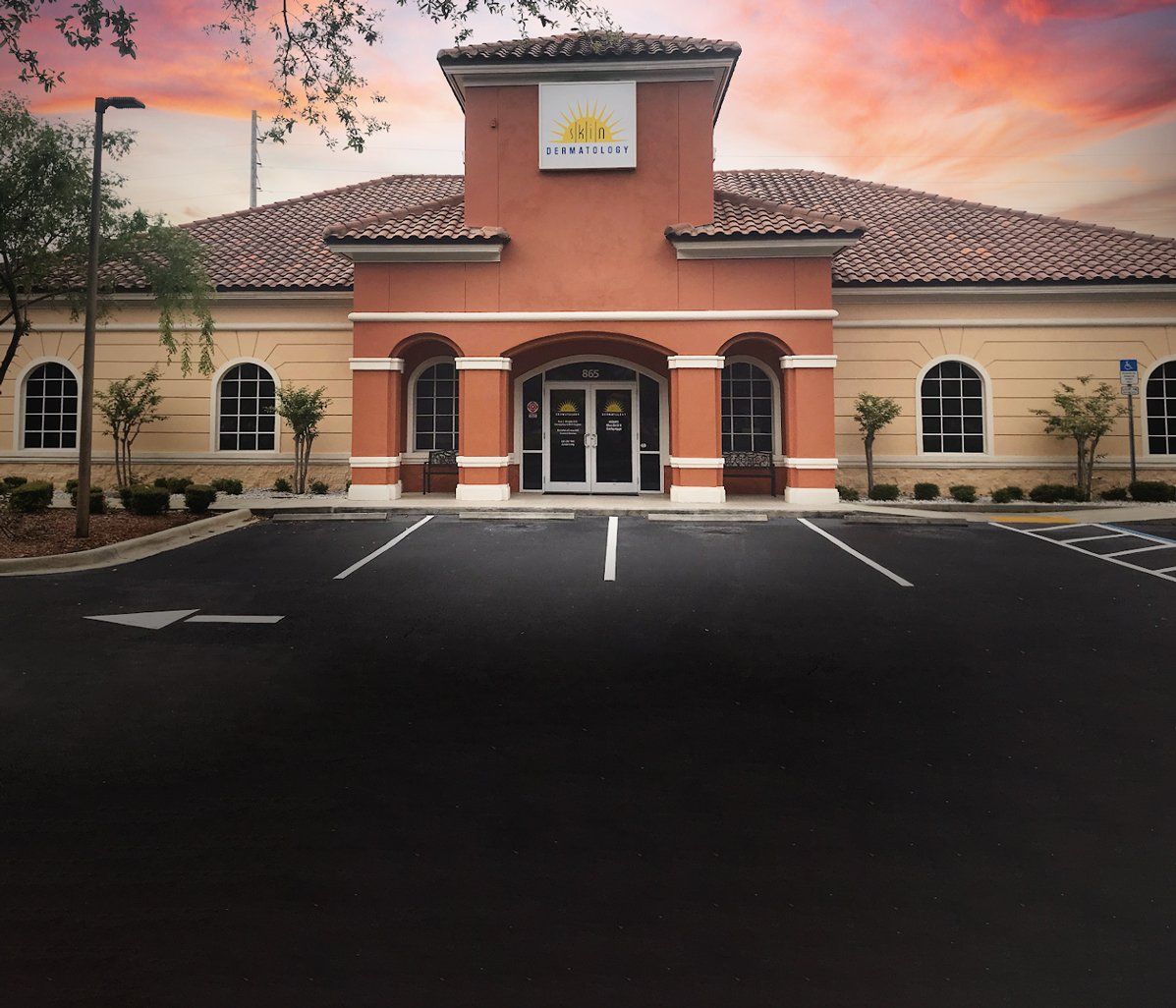Mohs Surgery
Mohs Surgery: The Gold Standard for Skin Cancer Treatmen
Treatment at Skin Dermatology and Cosmetic Services
Mohs surgery is the leading treatment for squamous cell carcinoma and basal cell carcinoma, the two most common forms of skin cancer. This advanced procedure can also be utilized for early-stage melanoma. Performed under local anesthesia, Mohs surgery involves the careful, layer-by-layer removal of cancerous skin. Each layer is examined microscopically in real-time to confirm the complete removal of cancer cells, ensuring that only healthy, cancer-free tissue remains.
At Skin Dermatology and Cosmetic Services, our Mohs surgeons are specially trained in cancer surgery, pathology, and reconstructive techniques, which enhances the success rates of skin cancer treatments. The precision of the Mohs approach boasts cure rates nearing 99%, making it the most effective choice for skin cancer management. Our surgeons focus not only on removing cancer but also on achieving the best possible cosmetic and functional outcomes, thereby minimizing scarring and preserving surrounding healthy tissue.
By opting for Mohs surgery at Skin Dermatology and Cosmetic Services, you’ll benefit from our dedicated team’s expertise and comprehensive care. We prioritize both the complete eradication of cancerous cells and the maintenance of your skin’s integrity and appearance.
Discover how Mohs surgery can effectively combat your skin cancer and restore your skin's health and vitality. Schedule an appointment with our expert team today and take the crucial first step towards a cancer-free life. Your skin health is our commitment, and we are here to guide you throughout your journey.
Call our offices today!
Call our offices today!
What is Mohs Surgery?
Mohs surgery is a cutting-edge treatment for skin cancer, renowned for its exceptional cure rates—even in cases where the cancer has been treated previously. This innovative procedure combines the roles of surgeon, pathologist, and reconstructive specialist in one, utilizing a microscope to ensure comprehensive removal of cancerous cells down to their roots.
Dermatologists trained in Mohs surgery can look beyond the visible signs of cancer to accurately identify and excise the entire tumor while preserving surrounding healthy tissue. This technique is particularly effective for addressing three of the most common skin cancers: melanoma, basal cell carcinoma, and squamous cell carcinoma.
Benefits of Mohs Surgery
Mohs surgery boasts the highest cure rate among all skin cancer treatments, reaching up to 99% success—even when other therapies have failed. Its precision in tumor removal not only reduces the likelihood of cancer recurrence but also minimizes scarring and the risk of disfigurement. This makes Mohs surgery a preferred choice for patients seeking effective and cosmetic-friendly skin cancer treatment.

